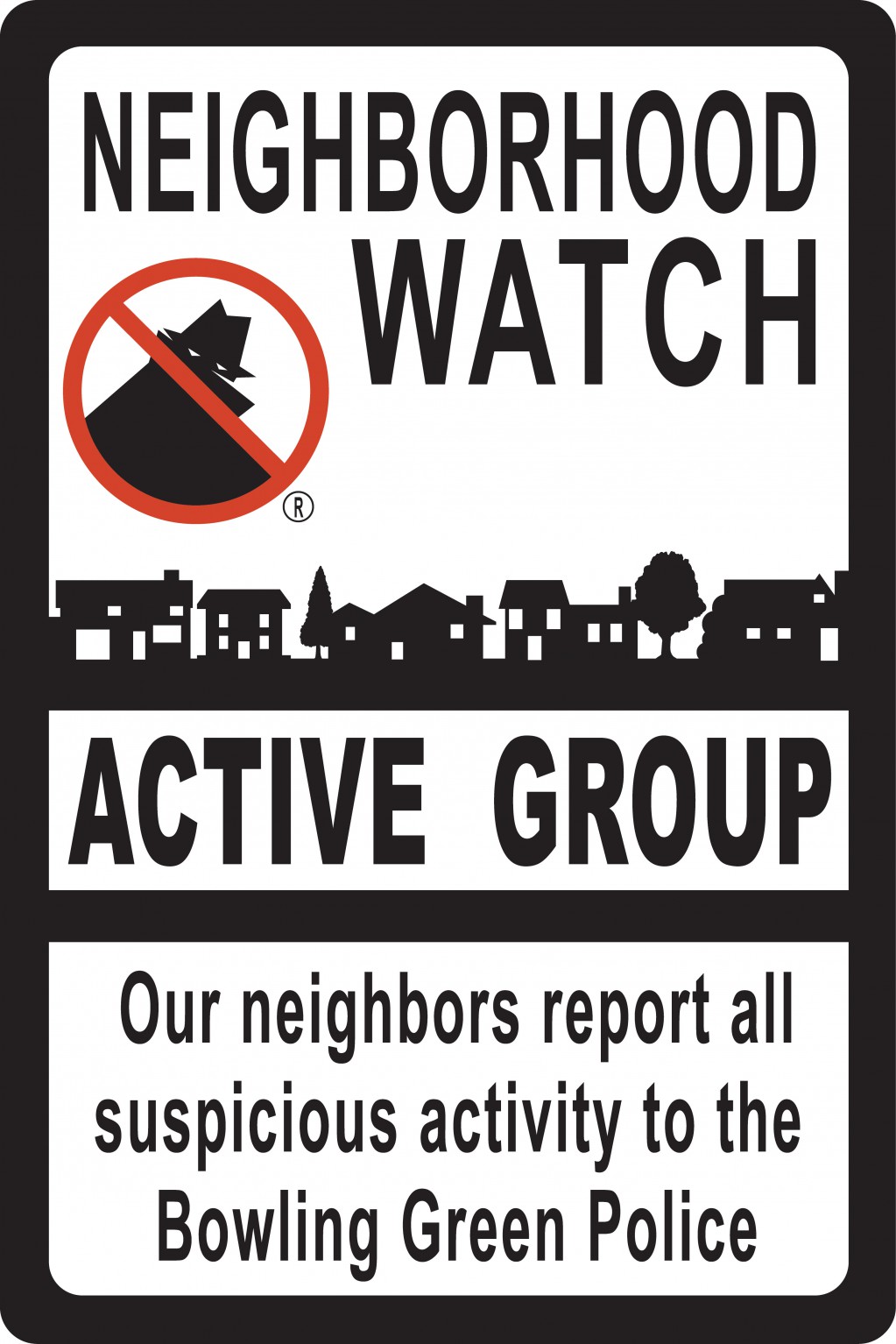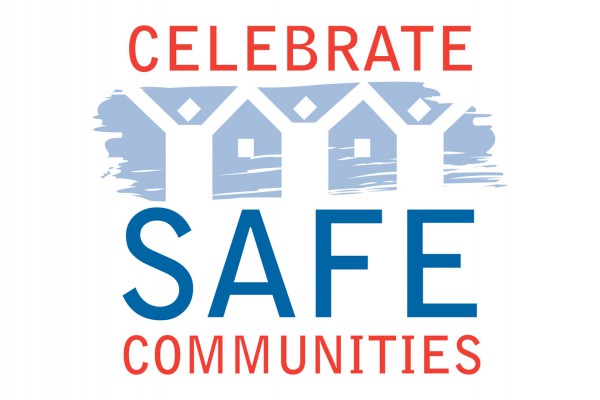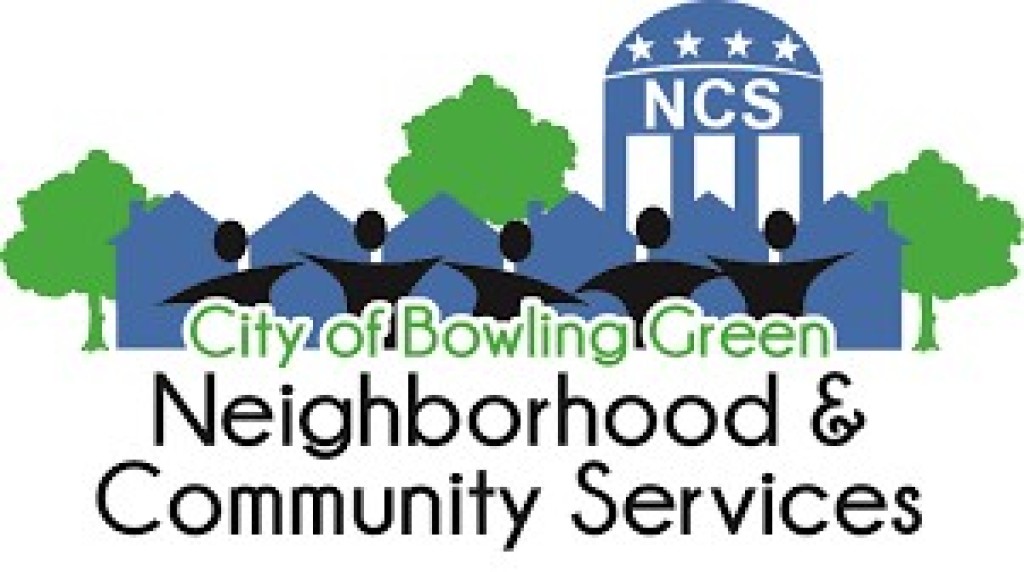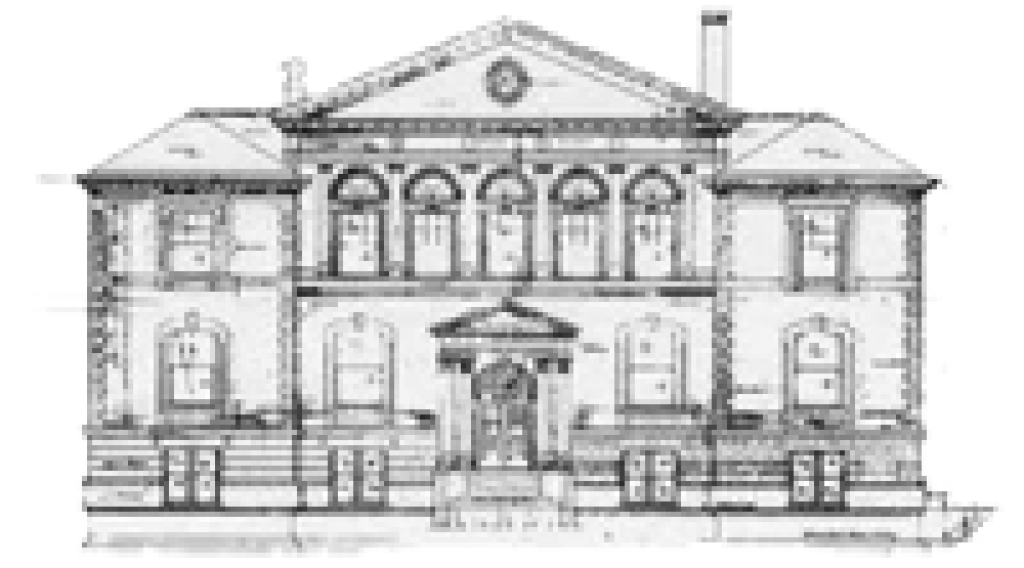Neighborhood Watch
The Bowling Green Police Department invites you to join in our Neighborhood Watch program. A Neighborhood Watch program will have many rewards to you and your family, regardless of whether or not you live in a high crime area.
Neighborhood Watch is known to instill a greater sense of security, well-being, and reduce the fear of crime to residents as well as create a great "sense of community" and put the neighbor back in the neighborhood. Neighborhood Watch also brings the Bowling Green Police Department and the neighborhood together as a team to reduce criminal activity.
The objective of the Neighborhood Watch is to organize entire communities where residents are trained to be alert to potential crimes in their neighborhood. When alerted, a citizen reports any suspicious persons and activities to the police before the crime is committed. Effective neighborhood security must be one of mutual concern. Please join with us and your neighbors in our joint effort to protect your community. Contact Neighborhood Services Coordinator Karen Foley if you are interested in starting a group for your neighborhood. You can start right now to make your community a safer and better place to live.
Learn about your Police District
Additional Information
History of Neighborhood Watch
In 1972, the National Sheriff's Association developed a model program for today's Neighborhood Watch program. At that time, Chiefs of Police and Sheriffs from around the country were requesting a program that would squelch the increasing burglary rate across the United States. It was discovered that in communities in which citizens observed and reported suspicious activity, the burglary rate was lower.
As society became more mobile and faster paced and more households had both the husband and wife working outside the home, neighborhoods became deserted during the daytime. Neighbors stopped being concerned about their neighbor's property and began keeping more to themselves. The unity and cohesion of the traditional neighborhood was gradually deteriorating.
Along with law enforcement officers, criminals recognized this trend and began to take advantage of the situation by moving in and out of neighborhoods without causing alarm or suspicion. Law enforcement agencies alone were not able to keep up with the rise in burglaries.
Numerous communities adopted and implemented the model program with astounding success. The rate of specific crimes such as burglary decreased as much as 75%. Implementation of Neighborhood Watch programs also resulted in substantial reduction of other crimes.
In 1976, the Bowling Green Police Department Crime Prevention Unit implemented the Neighborhood Watch program. Certain neighborhoods around Bowling Green were targeted for the program due to the increase in the number of criminal mischief incidents involving juveniles. Neighborhood Watch began to work because people wanted to assume a more active role in making their neighborhood safe. It was impractical to place a police officer into each neighborhood and very practical to utilize the citizens. Residents within a neighborhood know who belongs and who does not, and what activity is suspicious. The most important reason Neighborhood Watch worked is that citizens began working with the Bowling Green Police Department, instead of relying on law enforcement to combat crime.
As the number of success stories about Neighborhood Watch increase, more and more neighborhoods adopt the program. Today, there are over fifty active neighborhood groups participating in Neighborhood Watch in Bowling Green. After the group establishes a foundation, other issues are addressed such as personal safety, City and County Planning, street repairs, and street lighting. Today, the Bowling Green Police Department works closely with the Neighborhood Services Office to organize and support neighborhood associations and other groups who make Neighborhood Watch an important part of their quality of life.
Why Participate in Neighborhood Watch?
A Neighborhood Watch program will have many rewards to you and your family, regardless of whether or not you live in a high crime area. Neighborhood Watch is known to instill a greater sense of security, well-being, and reduce the fear of crime to residents, as well as create a greater "sense of community" and put the neighbor back in the neighborhood. Neighborhood Watch also brings the Bowling Green Police Department and the neighborhood together as a team to reduce criminal activity.
Some other benefits of the Neighborhood Watch program are:
- Reduced risk of being a crime victim. The risk is reduced because participants are taught how to take preventive measures that substantially decrease their likelihood.
- Being better prepared to respond to suspicious activity. A concept of the Neighborhood Watch program is training to report suspicious activity within your neighborhood. Included in the training is how to communicate to the Bowling Green Police Department telecommunicators.
- Greater access to criminal activity information. The Neighborhood Watch program is designed to keep participants informed of crime trends and patterns utilizing the Neighborhood Watch Crime Alert System and criminal statistics. This information is provided at Neighborhood meetings.
- Neighborhood Watch signage. Criminals know that if a neighborhood has a Neighborhood Watch sign posted, then the neighborhood is not an easy target. The residents have taken the necessary steps to deter crime in their neighborhood, and the criminal knows he is probably being observed.
- Knowing your neighbors. Neighborhood Watch helps promote getting to know your neighbors and their regular patterns so that any activity that doesn't fit with regular schedules will be recognized as suspicious. This means that when you are away, you can feel more secure about your property.
- Reducing the fear of crime and making your neighborhood more livable.
- Allowing other issues of concern to the community as a whole to be addressed. Once crime has been addressed and the fear of crime has been reduced, Neighborhood Watch participants can move on to address other issues that concern the community as a whole--issues which can be addressed by other departments within Bowling Green City Government.
What is Neighborhood Watch?
Neighborhood Watch is a citizen's involvement program where residents, in cooperation with the Bowling Green Police Department, directly participate in the detection and prevention of criminal activity.
Neighborhood Watch is an initiative that:
- Allows neighbors to get to know one another and familiarize themselves with their neighbors' routines so that any out-of-place activity can be reported to the Bowling Green Police and appropriately investigated.
- Teaches residents techniques in order to reduce the risk of being victimized at home and in public, such as safeguarding and security.
- Trains citizens on the importance of recognizing suspicious activity and how to report the activity to the local authority.
- Teaches participants how to make their homes more secure and properly mark and identify their property.
- Involves residents in other aspects within their neighborhood, i.e., issues which can be directed to other city departments.
Neighborhood Watch is not:
- A vigilante group working outside the normal procedures of law enforcement.
- A program designed for participants to take personal risks to prevent crime.
- A 100% guarantee that crime will not occur within the neighborhood.
Getting Involved in Neighborhood Watch
Contacting the Neighborhood Services Coordinator is the first step in making a neighborhood a better place to live. Discussing the need for a Neighborhood Watch Program, the expected results, problem areas, and obtaining definite commitments are necessary to outline a successful program.
- First, visit your neighbors and inform them of the benefits of a Neighborhood Watch Program and that you would appreciate their attendance at the start-up meeting.
- Find out the best day of the week and time for a meeting. If a neighborhood group already exists in the area it might be best to set aside part of a regular meeting for neighbors to learn about Neighborhood Watch.
- After determining the best time and day of the week for a meeting, contact the Neighborhood Services Office to schedule a time. Consider a location near the neighborhood, i.e., a church or school. The Neighborhood Services Office can provide meeting invitations for distribution by the Coordinator and/or volunteers.
- Once a date, time, and location have been established, distribute the meeting invitations. The Neighborhood Services Office will work with district sergeants and others to coordinate crime statistics and other police activity at the first meeting.
- Hold the first meeting. Use the First Meeting Agenda as a guide to conduct the initial meeting. Try to keep the meeting to an hour and a half or shorter if possible.
- Arrange with the Neighborhood Services Office to have Neighborhood Watch signage installed.


Celebrate Safe Communities (Videos)
The following videos will help you learn how to build a stronger and more safe community.
Use this form ONLY to share feedback about the design, functionality, or content of BGKY.org. For customer service or assistance, please contact the appropriate department directly or call 270-393-3000.

